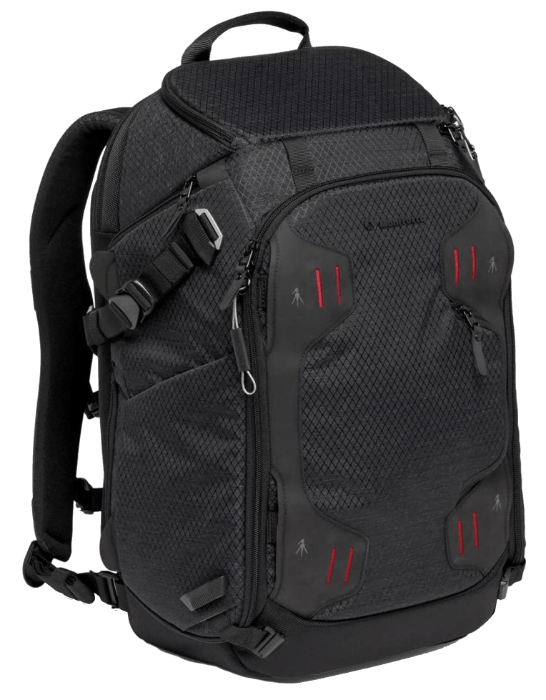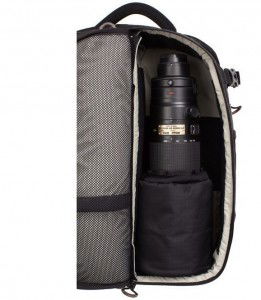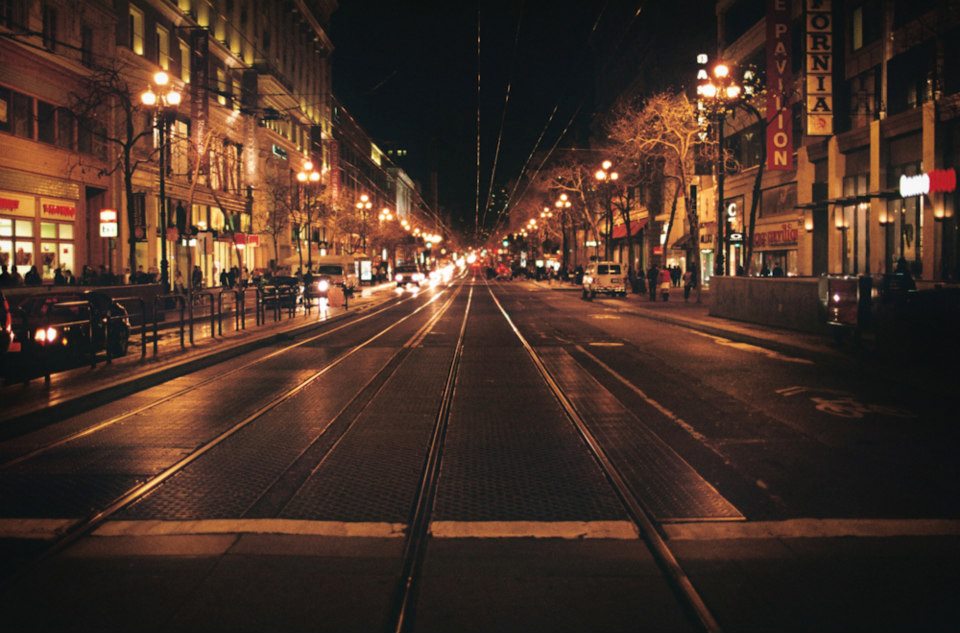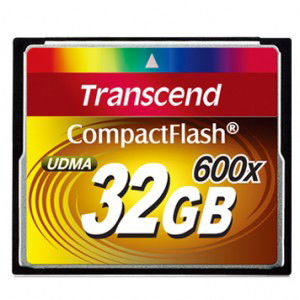If you’re a photographer, you know how challenging it can be to travel with camera gear. In this article, we’ll discuss 9 safe tips for traveling with camera gear. So if you’re looking for ways to make traveling with your camera gear easier, keep reading!

 When I travel, I always bring two bags with me. The first is a backpack, which carries everything I may need.
When I travel, I always bring two bags with me. The first is a backpack, which carries everything I may need.
The second is a day bag (which I get to below). These bags are incredibly well made, and heavily padded.
If you’re moving around a lot, the last thing you want is to use a poor quality bag, which not only makes it uncomfortable to carry, but doesn’t protect your gear.
A good, padded case, is often going to be very well made and waterproof too.
The last thing you want to do while walking through the crowded streets of a busy city, is to be knocking stuff over with a big backpack, which can be easily opened from behind your back.
When I’m traveling with my camera, I always carry a shoulder bag, even if I’m only using one camera and lens.
I can hide my camera discretely and it’s always at my side, so I’ve always got an eye on it.
The bag I use is the Peak Design Everyday Sling. It’s very well padded, and the understated styling means it doesn’t shout “camera bag!”
I barely trust baggage handlers to look after my socks, let alone thousands of pounds worth of camera equipment. Unfair? Perhaps. True? Absolutely.
So it goes without saying that I always carry my equipment with me when I go on the plane.
Most long haul airlines understand this and are pretty lenient about the weight of your bag in these circumstances.
My camera bag was overweight when I flew to San Francisco earlier this year, but I as soon as I showed the man on the check-in desk what was inside it, he allowed me to take it with me.
I know it feels great to pick up a brand new camera, without a scratch or mark on it, looking shiny and brand new, but guess what? Thieves like picking these up just as much too!
When I’m away, I take a small bit of black duct tape, and I put this over any branding on my camera. That usually just means the logo on the body, but sometimes the lenses too. And definitely get rid of your manufacturer’s strap.
And for all you Nikon shooters out there; as much we all like the little red detail under the shutter button, it’s a good idea to cover that up too.
I always feel safer when I’m shooting on film, rather than digital, even when I’m using the same lenses costing far more than the camera body is worth.
This is because people look at a film camera in a different way to a digital camera. It has a very different perceived value, and would be much less desirable to a thief who probably doesn’t know all that much about cameras.
Plus, I love shooting on film.

There are lots of camera harnesses out there, to suit you whatever your need. I like the Cotton Carrier Skout. It’s really simple to use. But it also has the option of using a belt attachment or a lens holder. It forms the basis of a pretty comprehensive carrying system. And it’s beautifully-made.
I’ve been to some pretty interesting places with my cameras, and one that really springs to mind is the desert near Las Vegas. And what do you think of when you think desert? Sand.
Your lens is not air tight, it needs to move in and out to zoom, which allows air in and out too. I’ve seen some pretty horrible results of lenses what have allowed dust in, such as in the photo below, which was the result of a ‘Color Run’.
Bottom line is to keep your lens covered when you’re not using it, and clean it regularly. There’s every chance you’re going to be in a very different environment to what you’re used to.

Try as we might to keep our gear safe, there are still people out there who wish to take it from us.
Your gear is replaceable, but a lot of the time, your photos are not. That’s why I always suggest spreading your photos out over two or three memory cards throughout the day.
This is good practice, whether you’re traveling or not, because memory cards, like hard drives, do break.
The have a life span, and you don’t want to find out the hard way when that life span ends. I replace my cards every two years. Just to be safe.

So you’ve done everything you can to keep your equipment safe, but sometimes, no matter how careful we are, that’s not enough.
Your equipment is stolen, can you afford to replace it? I know I certainly couldn’t, and I can’t work without it. That’s why it’s all insured.
Take down all of the serial numbers, and get your equipment insured, and then should the worst happen, you can at least replace it. Plus, it’s important to take down the serial numbers so that you can give them to the police.
But hopefully it never comes to this. Good luck on your travels!


